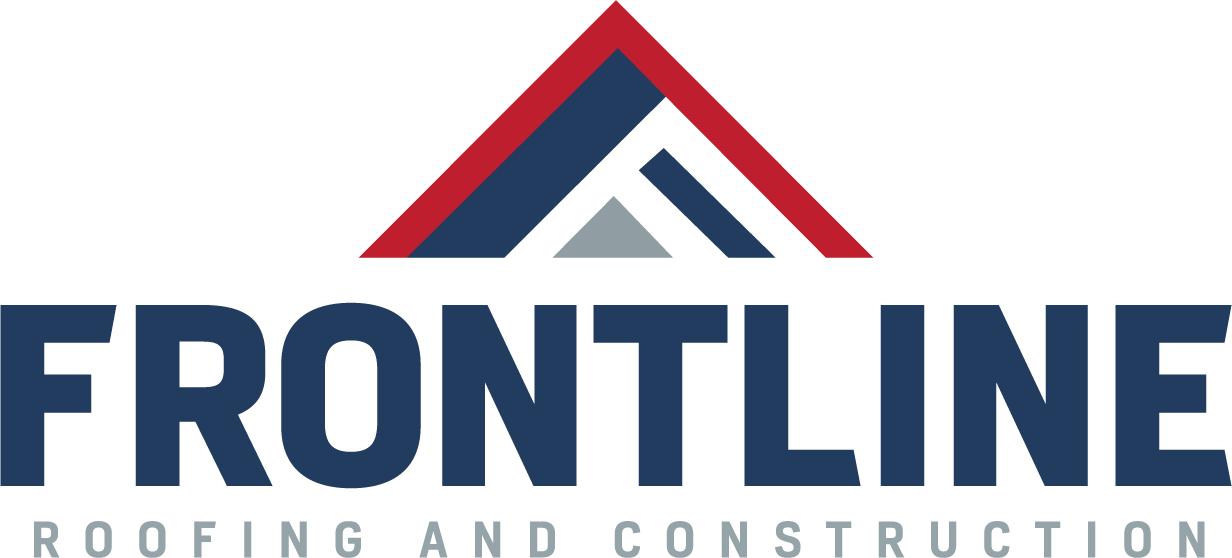The Lifespan of TPO Roofing: How Long Can You Expect It to Last
When considering roofing options for your home or commercial property, TPO roofing often emerges as a popular choice. Known for its durability and energy efficiency, TPO, or Thermoplastic Olefin, is a single-ply roofing membrane that is widely used in flat roofing systems. But how long can you expect TPO roofing to last? In this article, we'll explore the lifespan of TPO roofing, factors affecting its longevity, installation considerations, and cost implications.
What is TPO Roofing?
Before delving into the lifespan, it's essential to understand what TPO roofing is. TPO is a blend of polypropylene and ethylene-propylene rubber. It’s designed to combine the durability of EPDM with the performance of PVC roofing materials. TPO roofing systems are installed in large sheets, which are either mechanically attached or adhered to the roof deck.
Benefits of TPO Roofing
TPO roofing is celebrated for several benefits:
Energy Efficiency: The reflective surface helps reduce energy costs by reflecting UV rays.
Durability: Resistant to mold, dirt, and punctures, TPO is a robust roofing choice.
Cost-Effective: Generally more affordable than other roofing materials like PVC.
Expected Lifespan of TPO Roofing
Average Lifespan
TPO roofing has an average lifespan of 15 to 25 years. However, this can vary based on several factors, including installation quality, roof design, and environmental conditions.
Factors Affecting TPO Roofing Lifespan
Quality of Installation: Proper installation is crucial. A poorly installed TPO roof can lead to issues such as leaks and reduced lifespan.
Climate and Weather Conditions: Harsh weather, including excessive UV exposure or heavy snow, can impact the longevity of TPO roofing.
Maintenance and Care: Regular inspections and maintenance can extend the life of your TPO roof.
Installation Considerations
The installation process plays a significant role in determining the lifespan of your TPO roof.
Choosing a Qualified Installer
Ensure you hire a reputable contractor with experience in TPO roof installation. A skilled installer will ensure that seams are properly welded and that the membrane is securely attached to prevent leaks.
Correct Installation Techniques
TPO roofing can be installed in several ways:
Fully Adhered: The membrane is glued to the substrate, providing a smooth finish.
Mechanically Attached: Fasteners are used to secure the membrane, suitable for high-wind areas.
Ballasted: The membrane is laid loose and held down by heavy materials. This method is less common but still used in certain scenarios.
TPO Roofing Costs
Initial Costs
The cost of TPO roofing is typically $5 to $8 per square foot, including materials and installation. This cost varies based on the roof's size, complexity, and geographic location.
Long-Term Cost Benefits
Although TPO may have a higher upfront cost compared to some materials, its energy efficiency can lead to significant savings on cooling costs over time. Additionally, the durability of TPO reduces the need for frequent repairs.
Maintenance and Longevity
Maintaining a TPO roof is relatively straightforward but crucial for maximizing its lifespan.
Routine Inspections
Conduct regular inspections, especially after severe weather, to check for any damage or wear. Look for signs of punctures, tears, or seam separations.
Cleaning and Repairs
Keep the roof clean by removing debris and washing the surface to prevent mold or algae growth. Address any minor repairs promptly to prevent larger issues.
Comparing TPO to Other Roofing Materials
When choosing roofing materials, it's helpful to compare TPO with other popular options:
TPO vs. EPDM
Durability: TPO is more resistant to punctures than EPDM.
Reflectivity: TPO's reflective surface offers better energy efficiency.
Cost: Both materials are competitively priced, but TPO often provides more long-term savings.
TPO vs. PVC
Cost: TPO is generally less expensive than PVC.
Flexibility: PVC is more flexible, making it ideal for roofs with complex shapes.
Lifespan: Both TPO and PVC have similar lifespans, though PVC may last slightly longer under optimal conditions.
Conclusion: Is TPO Roofing Right for You?
TPO roofing offers an excellent balance of cost, durability, and energy efficiency, making it a compelling choice for many property owners. Understanding its lifespan and the factors that affect it can help you make an informed decision. With proper installation and maintenance, a TPO roof can serve you well for decades, providing reliable protection and cost savings.
Remember, the key to maximizing the lifespan of your TPO roofing is choosing a qualified installer, committing to regular maintenance, and addressing any issues promptly. By doing so, you can enjoy the benefits of TPO roofing for many years to come.
Contact Frontline Roofing & Construction Today!
If you're considering TPO roofing for your property or have questions about installation and maintenance, don't hesitate to reach out to Frontline Roofing & Construction. Our team of experienced professionals is ready to assist you in making the best choice for your roofing needs. Contact us today for a consultation and let us help you protect your investment with quality roofing solutions!


